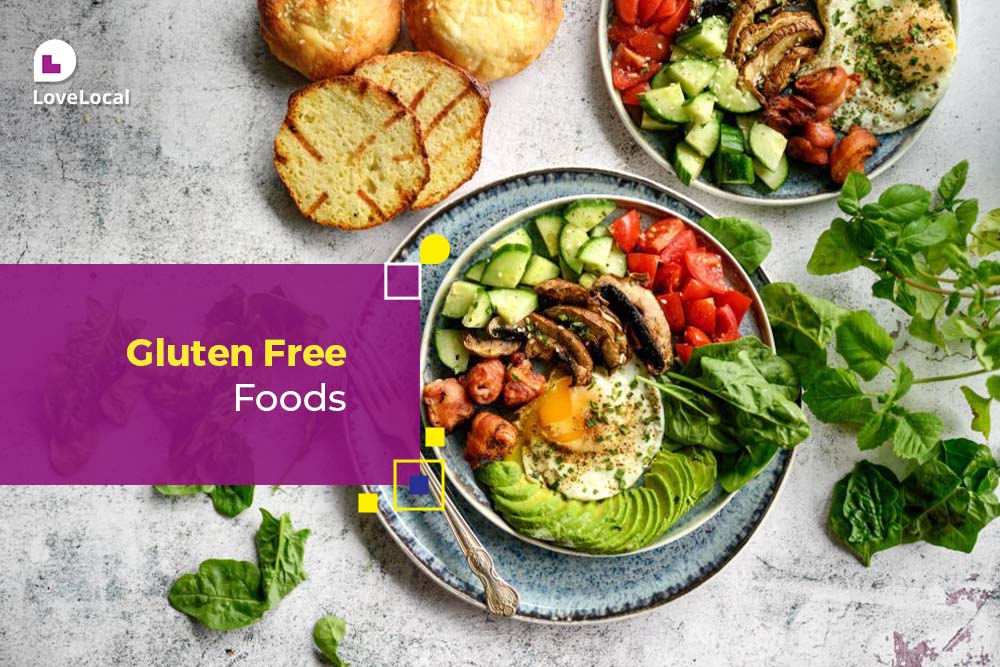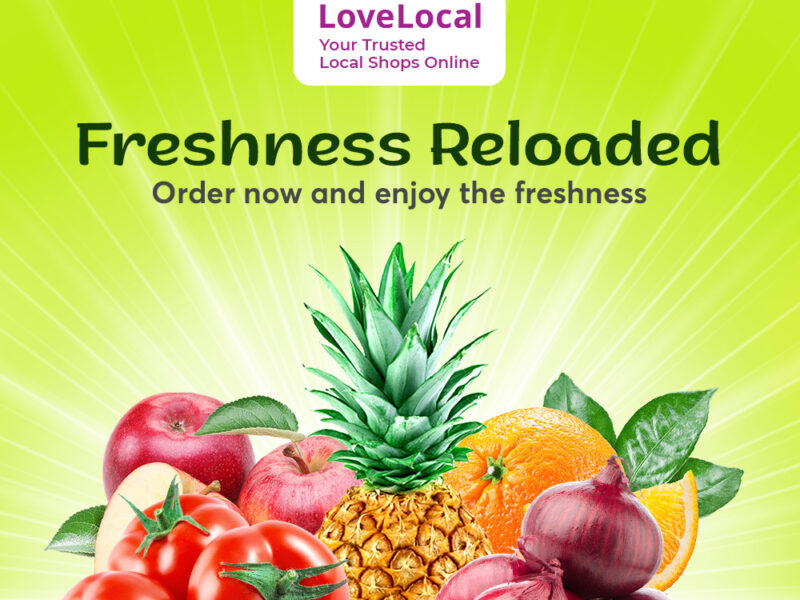In recent years, there has been a growing trend towards gluten-free diets, with more people seeking out gluten-free alternatives to their favorite foods. Whether it’s due to a gluten sensitivity, celiac disease, or simply a desire to improve overall well-being, understanding the world of gluten free foods is essential. Now we will delve into the types, benefits, and potential side effects of gluten free diet to help you make informed choices for your health and happiness.
Understanding Gluten and Gluten Free Foods
Gluten is a type of protein found in wheat, barley, rye, and their other derivatives. For individuals with celiac disease or gluten sensitivity, consuming gluten can lead to adverse reactions, such as digestive issues, fatigue, and even damage to the small intestine. As a result, gluten free foods/diet becomes imperative for their well-being. However, gluten-free diets are not limited to those with gluten-related disorders. Many people adopt this diet as a lifestyle choice to reap its potential health benefits.
Types of Gluten free foods:
Embrace a world of delicious possibilities with gluten free foods like fruits, vegetables, rice, quinoa, almond flour, and more. From wholesome grains to delightful snacks, gluten-free options cater to diverse tastes and dietary needs, ensuring a satisfying and nutritious lifestyle.
1.Grains and Flour:
Gluten free Grains:
Gluten-free grains are an excellent alternative for individuals with celiac disease, gluten sensitivity, or those choosing to f a gluten free food for health reasons. Here are some popular gluten free grains:

Rice: One of the most widely consumed gluten-free grains, rice comes in various varieties such as white rice, brown rice, black rice, and wild rice.
Quinoa: Often referred to as a “superfood,” quinoa is a gluten free foods that contains all nine essential amino acids.
Millet: With a mild flavor and a slightly crunchy texture, millet is a versatile grain that can be used as a rice substitute or added to soups and porridge.
Gluten free flour:

Rice Flour: Made from finely ground rice, rice flour is a versatile gluten-free option used in various dishes, including cakes, bread, and pastries.
Almond Flour: Made from blanched almonds, almond flour adds a rich nutty flavor to gluten-free baked goods like cookies and muffins.
Coconut Flour: Made from dried coconut meat, coconut flour is high in fiber and adds a subtle coconut flavor to recipes.
2. Fruits and Vegetables:
Fruits and vegetables are natural sources o gluten free foods, making them an essential and delicious part of a gluten free diet.

Gluten Free Fruits:
Apples: A versatile and popular fruit, apples can be enjoyed fresh, sliced with nut butter, or used in baking gluten-free desserts.
Bananas: Packed with nutrients and natural sweetness, bananas are perfect for smoothies, as a topping for gluten-free pancakes, or as a quick snack.
Oranges: Bursting with vitamin C, oranges are refreshing as a standalone fruit or as part of fruit salads.
Berries: Strawberries, blueberries, raspberries, and blackberries are all gluten-free and can be enjoyed fresh or used in gluten-free baked goods.
Mangoes: Known for their sweet and tropical flavor, mangoes are delicious when eaten fresh or used in salsas and smoothies.
Gluten Free Vegetables:
Spinach: Packed with iron and other essential nutrients, spinach is a versatile leafy green that can be used in salads, sautéed dishes, or smoothies..
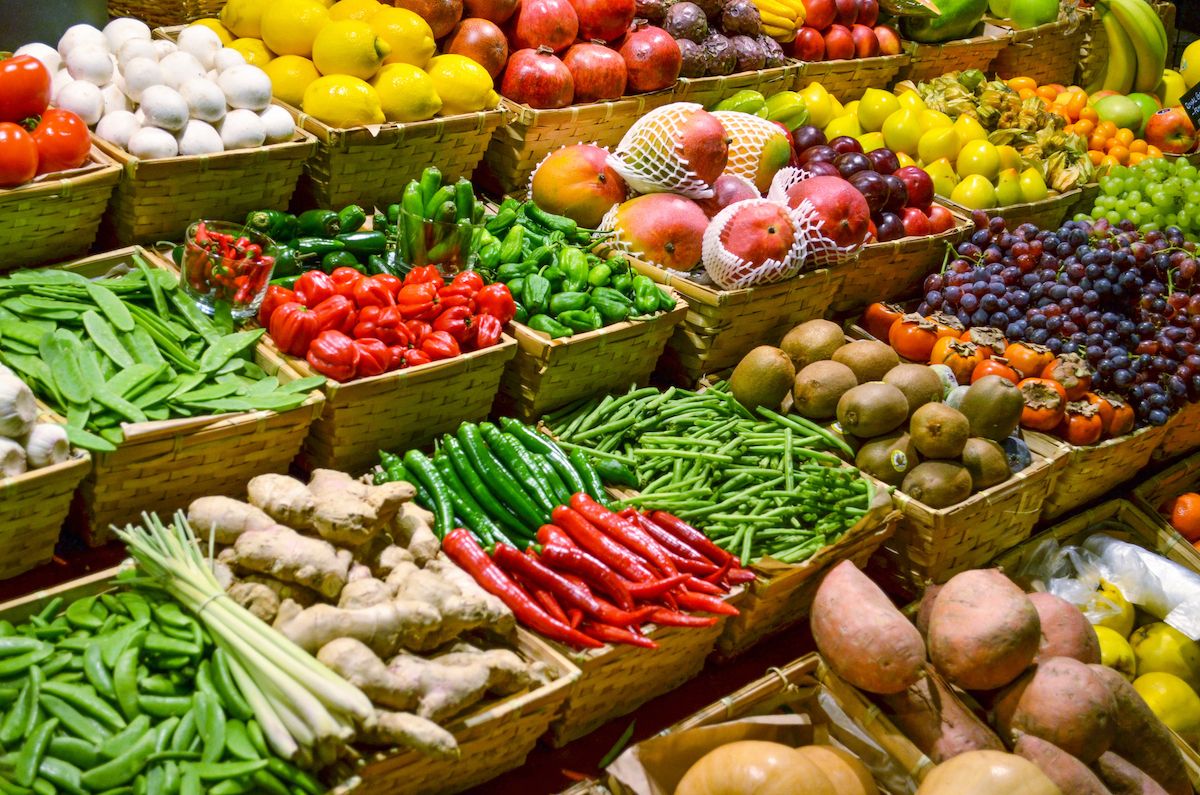
Carrots: These vibrant and crunchy vegetables are perfect for snacking, adding to salads, or roasting as a side dish.
Bell Peppers: Colorful and packed with vitamins, bell peppers can be used in salads, stir-fries, or stuffed with delicious fillings.
Tomatoes: A versatile fruit often used as a vegetable, tomatoes are perfect for salads, sauces, and grilled dishes.
5. Dairy Alternatives:
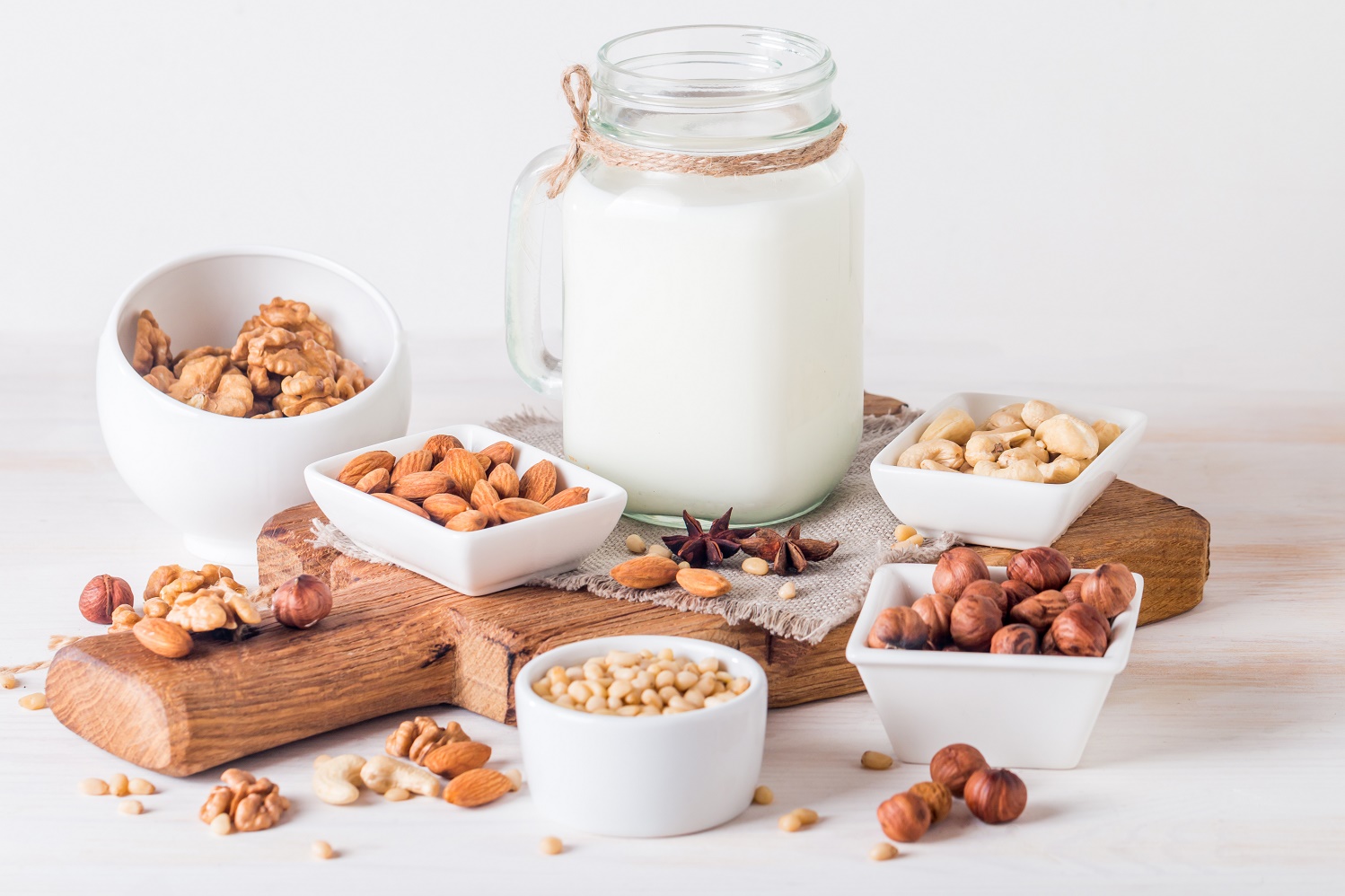
- Almond Milk: A popular dairy alternative of gluten free foods, almond milk is lactose-free and can be used in smoothies, cereal, and coffee.
- Cheddar Cheese: A natural cheese option, cheddar is commonly used in sandwiches, omelets, and as a snack.
- Coconut Yogurt: A creamy and dairy gluten free foods alternative, coconut yogurt is delicious with fruits and granola.
6. Snacks and Treats:
Gluten-free snacks and treats offer a delightful range of options for those with gluten sensitivities or celiac disease. Here are some delicious gluten-free snacks and treats to indulge in:

- Popcorn: A light and crunchy snack, plain popcorn can be seasoned with various flavors or enjoyed as is.
- Rice Cakes: Low in calories and gluten-free, rice cakes are a great base for sweet or savory toppings.
- Gluten-Free Pretzels: A delicious alternative to traditional pretzels, gluten free versions offer a satisfying crunch.
7. Pasta:
Another great guten free foods option is “Gluten free pasta” , an excellent alternative for those who prefer a gluten free diet:
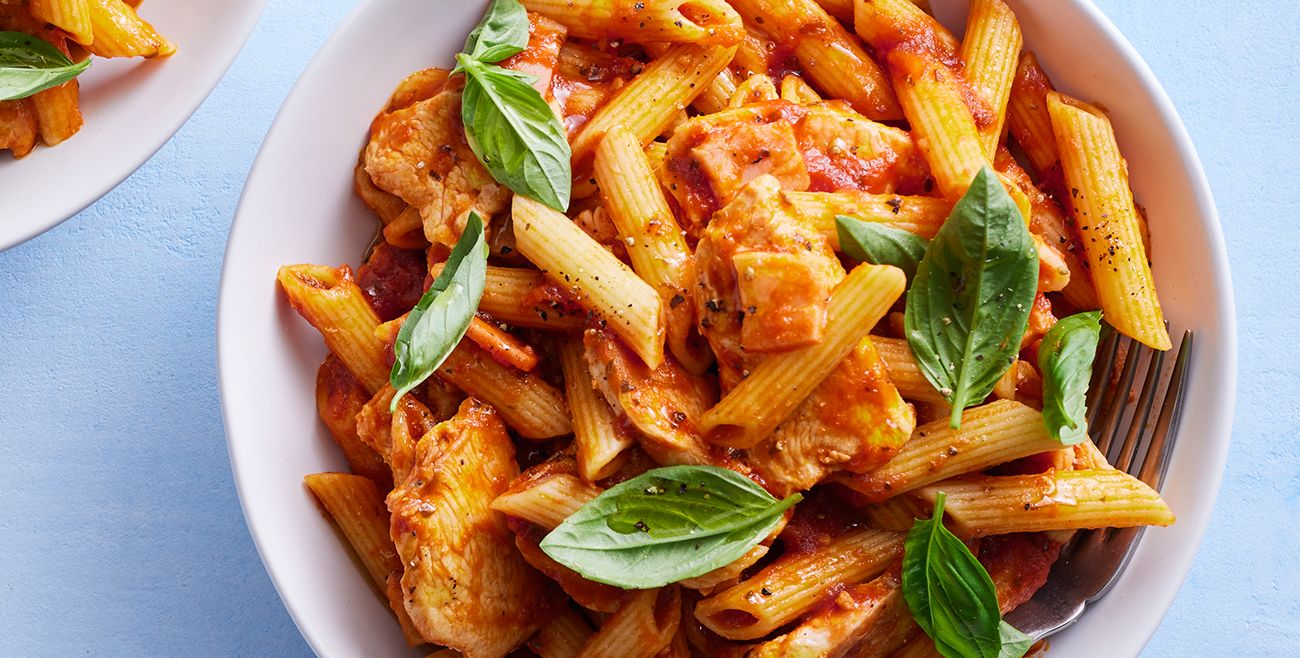
- Brown Rice Pasta: Made from brown rice flour, this pasta has a texture similar to traditional wheat-based pasta and works well with various sauces.
- Quinoa Pasta: Combining quinoa flour and other gluten-free ingredients, quinoa pasta is a protein-rich option that cooks up beautifully.
- Corn Pasta: Corn pasta is made from corn flour and has a slightly sweet flavor.
8. Gluten-Free Baking:
- Gluten Free Baking Mixes: Convenient and pre-mixed, these blends allow you to bake bread, muffins, and pancakes without gluten.
- Baking Powder: Essential leavening agents used in gluten free baking to help dough and batters rise. Gluten free cookies, gluten free cake and gluten free biscuits are immensely popular.
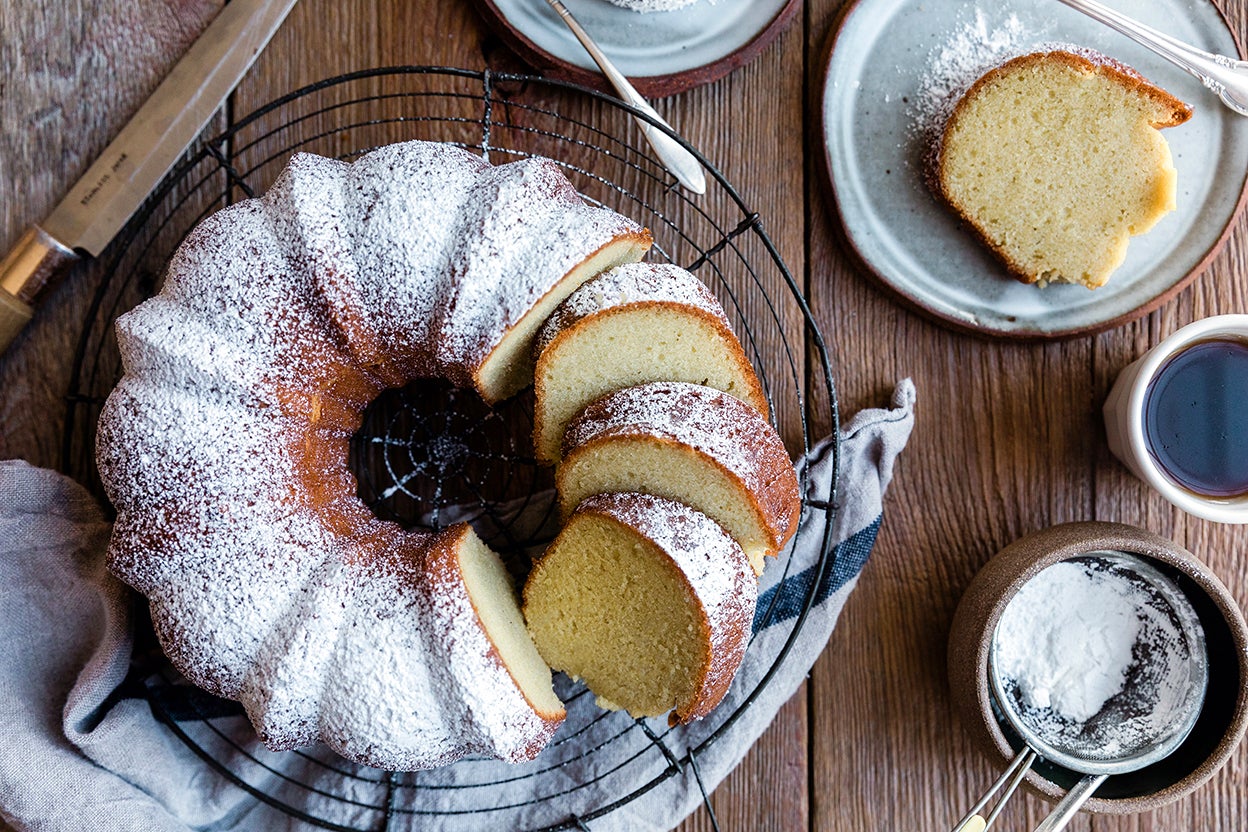
By incorporating these gluten free foods into your diet, you can enjoy a diverse array of flavors while adhering to a gluten-free lifestyle. Remember to focus on whole, unprocessed foods to make the most of your gluten free meals.
Potential Side Effects of a Gluten Free Foods
While gluten free foods can be immensely beneficial for those who require it, there are also potential side effects to consider:
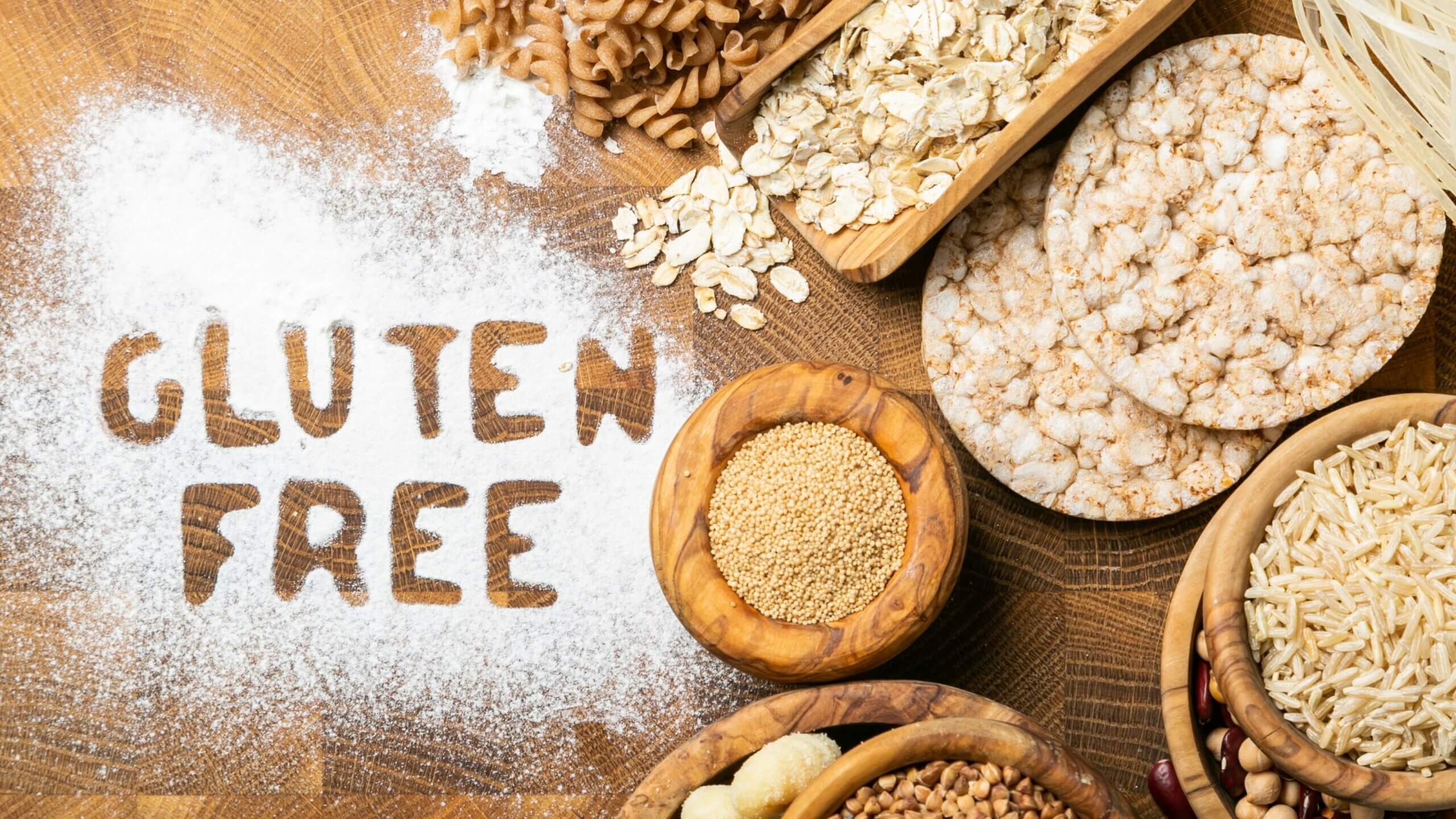
Nutritional Deficiencies: Many gluten rich foods are fortified with essential nutrients. When removing these foods from the diet, individuals may need to find alternative sources of vitamins and minerals.
Higher Costs: Gluten free foods can often be more expensive than their gluten-containing counterparts, leading to higher grocery bills.
Limited Food Choices: Adopting a gluten free foods may initially lead to a restricted selection of foods, requiring individuals to explore new culinary options.
Unhealthy Substitutions: Some gluten free foods may be high in unhealthy fats, sugars, and additives to compensate for taste and texture, so it’s essential to make mindful choices.
Navigating the Gluten Free Lifestyle
If you’re considering gluten free foods, it’s crucial to consult with a healthcare professional or a registered dietitian to ensure that you’re meeting your nutritional needs adequately. They can help you create a well-balanced and varied gluten-free meal plan that aligns with your health goals.
In conclusion, gluten foods can be a game-changer for individuals with celiac disease, gluten sensitivity, or those seeking improved health through dietary changes. However, like any dietary shift, it’s essential to approach it with knowledge and caution. Understanding the various types, benefits, and potential side effects of gluten free foods empowers you to make informed decisions for a healthier, happier life. Remember to prioritize whole, unprocessed foods and explore new recipes and cuisines to make the most of your gluten-free journey.
